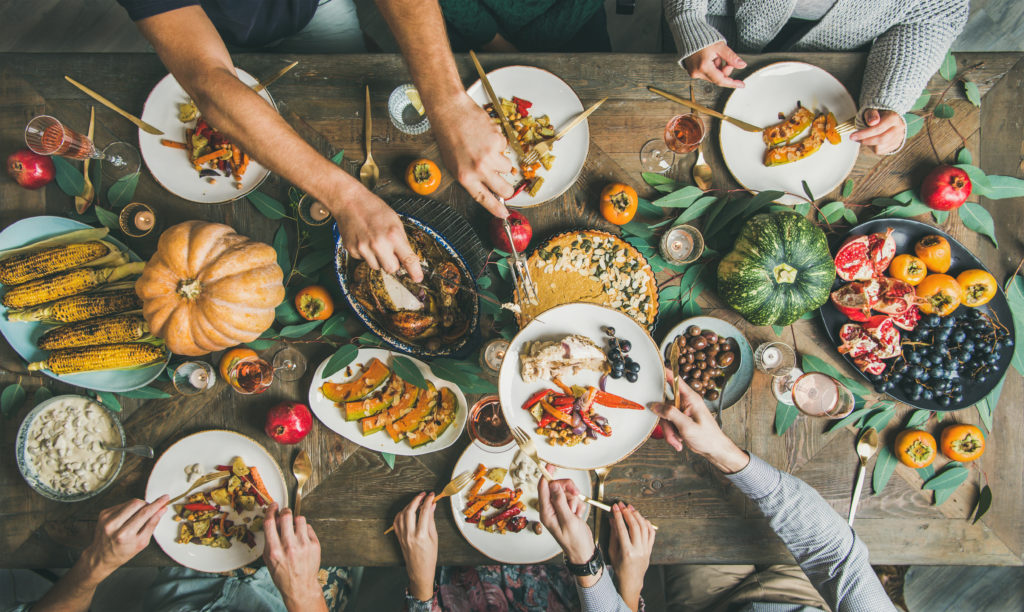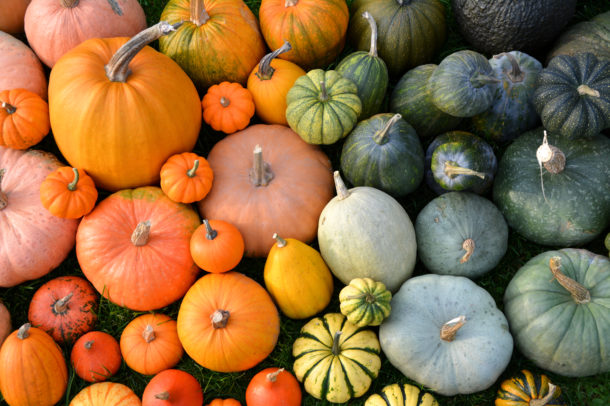Submitted by Deirdre Neuman, Reviewed and edited by Dani Renouf, RD MSc
As summer draws to an end and fall begins, winter squash are harvested in abundance. Did you know that pumpkins are a part of the gourd family, which includes cucumber and zucchini?
Gourds (which are really fruits!) are rich in a variety of nutrients, including fibre and antioxidants, which is why it’s important for patients with kidney disease to know which types of gourds they should limit, and which ones they can enjoy.
If the potassium content is more than 400 mg in a 125 mL serving, it is cautioned as a high potassium food choice. Kidney-friendly squashes include yellow crookneck, scallop, and spaghetti. Some that should be enjoyed on occasion in half serving sizes (due to their potassium content) include pumpkin, butternut, acorn, hubbard and zucchini.
Potassium content in 125 mL serving (boiled & drained, unsalted):
Spaghetti squash (96 mg)
Yellow crookneck squash (168 mg)
Scallop squash (178 mg)
Zucchini (251 mg; enjoy as ½ serving)
Hubbard (267 mg; enjoy as ½ serving)
Pumpkin (298 mg; enjoy as ½ serving)
Butternut squash (308 mg; enjoy as ½ serving)
Acorn squash (340 mg; enjoy as ½ serving)

Although patients on dialysis need to limit eating pumpkin due to its high potassium content, they can partake in other festivities. Carving a pumpkin is an excellent activity to bring the family together, but the fun doesn’t have to stop there; it is an excellent opportunity to introduce new foods and cooking experiences to kids! On that note, here are some interesting facts to share during Thanksgiving dinner:
- Why do we carve pumpkins, anyways? Well, turnips were traditionally carved by Celtic people to ward off evil, but when immigrants arrived in America, they switched over to pumpkins as the supply was bountiful!
- Pumpkins are native to central America (hence, the switch from carving turnips to our affectionately-known orange squash today).
- Pumpkins belong in the same family as watermelon and cantaloupe.
Try this new recipe, Baked Parmesan Summer Squash Rounds, slightly modified from the original recipe shared by Five Heart Home.
